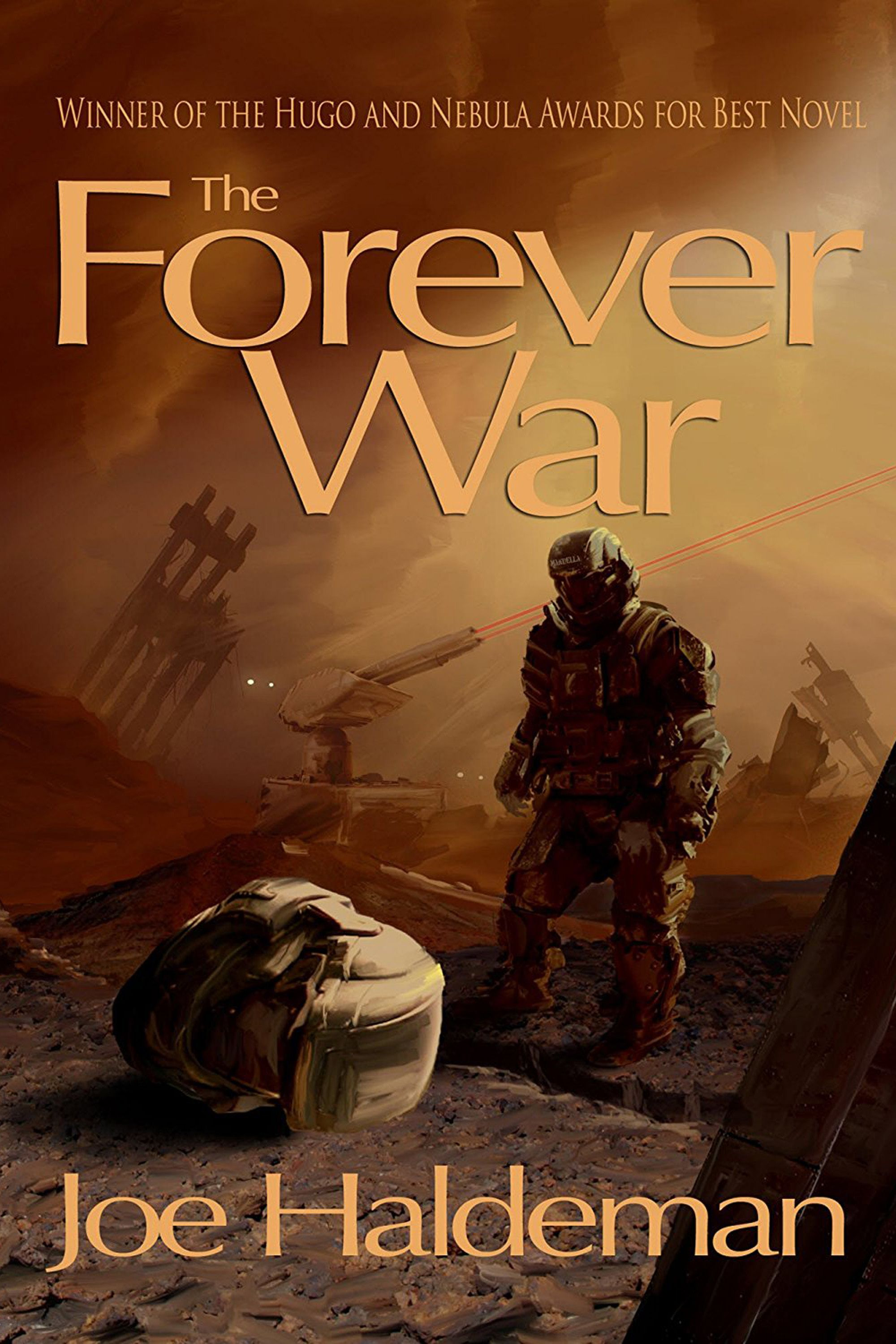Art in a state of siege serves as a poignant lens through which we can explore the profound relationship between creativity and crisis. Throughout history, art during political unrest has acted as both a refuge and a means of protest, capturing the tumultuous emotions of its time. Notable works like Max Beckmann’s self-portrait illustrate the artists’ struggles under oppressive regimes, while echoing the themes found in Hieronymus Bosch’s intricate creations. Joseph Koerner’s recent book examines the intricate dynamics of viewing art as an omen amidst chaos, offering a fresh art history interpretation. By delving into these visual dialogues, we can uncover the powerful narratives that emerge when society faces existential threats.
The concept of art under siege epitomizes the resilience of human expression in times of adversity. When social structures crumble under pressure, artistic endeavors often become beacons of hope and defiance. Artists like Bosch and Beckmann reflected the societal upheaval of their eras, embedding layers of meaning that resonate with contemporary audiences facing their own crises. Koerner’s analysis explores how these artistic responses not only document the historical moment but also serve as conduits for current social commentary. By examining artistry during periods of upheaval, we gain insight into the transformative power of creativity in the face of adversity.
Understanding Art in a State of Siege
The phrase “art in a state of siege” captures a profound intersection of creativity and political turmoil. Coined during a period of significant unrest in South Africa, it reflects how artists navigate the deeply complex emotions and realities of their times. Just as Joseph Koerner analyzes the interplay of art and societal pressures, it becomes essential to recognize how art can serve as a mirror to the collective psyche facing oppression. This concept resonates through various historical contexts, from the works of Max Beckmann to the enigmatic paintings of Hieronymus Bosch, embodying the struggle against historical and existential threats.
In Koerner’s examination, the term “state of siege” signifies more than just physical warfare; it encompasses ideological battles where citizens see their own governments as the enemy. This perspective challenges traditional art historical narratives that typically celebrate artistic triumph over adversity, instead emphasizing art’s role as both a refuge and a battlefield. Works created during these intense moments often carry an urgency that compels the audience to reflect on their own circumstances, pointing to the capacity of art to provide solace, provoke thought, or even serve as a call to action.
Max Beckmann and the Power of Self-Portraiture
Max Beckmann’s “Self-Portrait in Tuxedo” is one of the most striking representations of identity crafted in the context of political upheaval. Painted during a tumultuous period in Germany after World War I, this artwork transcends mere appearance; it encapsulates the artist’s conscious engagement with his surroundings. Beckmann’s choice of attire juxtaposes the facade of respectability with the chaotic political landscape, mirroring the anxiety of a society grappling with its identity. The boldness of his frontal pose invites viewers to confront the artist directly, positioning them within a space of reckoning where personal and societal crises intersect.
Critics may note the stark contrasts and details within Beckmann’s self-portrait as symbolic of a broader existential inquiry. The cigarette, a seemingly casual detail, suggests moments of reflection or possibly despair, enveloping the artwork in a narrative that resonates with those experiencing similar political disillusionment. This dynamic engagement forces viewers to question not just the political failures of their moment but their own roles as witnesses to history, further linking Beckmann’s experience with the universal narrative of individuals facing crises fueled by political disarray.
Hieronymus Bosch: Art as Reflection of Social Chaos
Hieronymus Bosch’s masterpieces like “The Garden of Earthly Delights” exemplify how art can act as a social barometer during tumultuous times. His work invites viewers to grapple with complex themes such as sin, morality, and the human condition under siege. The triptych’s disjointed yet cohesive narrative brings forth questions about virtue and vice, casting an unsettling light on societal anxieties that feel timeless. Within the fertile grounds of political unrest, Bosch paints a world on the brink, compelling audiences to reflect on their historical context and the chaotic forces that both propel and imprison humanity.
Bosch’s art has been interpreted through various lenses—religious, political, and psychological—demonstrating its ability to resonate across different eras. His depiction of diverse enemies, from witches to foreign invaders, acts as a commentary on the fears that rip through societies, particularly during times of strife. By considering these elements, viewers can engage with Bosch not merely as an artist from the past, but as a timeless voice of caution and reflection against the backdrop of ongoing societal conflicts.
Art as Omen: The Role of Symbolism in Turbulent Times
The notion of art serving as an omen or indicator of looming crises has profound implications for understanding its historical significance. Works created during periods of instability often encapsulate deeper truths about societal fears and hopes. Joseph Koerner’s exploration of how art reflects the sentiment of its time positions artists like Bosch and Beckmann as not only creators but also as oracles of sorts—foretelling uncharted terrains of human experience amidst strife. This resonance is further amplified when we consider how different audiences project their interpretations onto these pieces, depending on the socio-political climate of their present.
In this light, Koerner’s analysis emphasizes the evolving significance of artworks as they pass through different cultural filters. For example, Nazi intellectuals found renewed relevance in Bosch’s works, interpreting them through the lens of their own impending doom. This illustrates how art maintains a dual capacity to evoke both comfort and dread, allowing viewers to navigate the complexities of their realities. Ultimately, the symbolism of art during political unrest becomes a bridge between the past and present, highlighting its enduring power as a tool for reflection and understanding.
Joseph Koerner’s Contributions to Art Historical Interpretation
Joseph Koerner’s recent work offers a pivotal shift in how art history is interpreted, especially during turbulent political landscapes. His approach involves a critical analysis of artworks not just as aesthetic objects but as active participants in societal discourse. By examining pieces from artists like Bosch and Beckmann, Koerner delves into how these works encapsulate the zeitgeist of their time, rendering them relevant even in contemporary society. His exploration urges us to reconsider the prevailing notions of triumph in art history, prompting a focus on the darker periods when artists responded to crises.
The contributions of Koerner highlight the necessity of understanding art in the context of its creation, particularly under siege. His insights encourage scholars and art lovers alike to seek a more nuanced understanding of how art communicates the complexities of human emotion amid chaos. By situating artworks within their historical contexts, Koerner dismantles simplistic narratives of artistic success and failure, advocating for a more textured and empathetic view of the creator’s role in a politically charged environment.
The Interconnectedness of Art and Politics
The interconnectedness between art and politics solidifies the idea that artworks are not created in a vacuum but rather as reflections of the societies in which they emerge. Joseph Koerner’s analysis underlines how artworks like Bosch’s fantastical imagery or Beckmann’s stark self-portraits serve as commentaries on their political climates, addressing the multifaceted realities that artists navigate. Through tumultuous periods, art becomes a voice of resistance, encapsulating the fears, aspirations, and conflicts that define an era.
Furthermore, exploring the political undertones of historical art allows contemporary audiences to draw parallels to current events. Koerner’s perspective compels us to ask critical questions about our own engagement with art. Are we merely passive observers, or do we actively seek the voices of the past to illuminate our own struggles? This relevance reaffirms art’s vital role as both a historical document and a catalyst for dialogue, one that continues to resonate in the face of modern dilemmas.
The Influence of Historical Context on Artistic Expression
Understanding the influence of historical context on artistic expression is crucial for grasping the full significance of artworks from tumultuous periods. Artists like Bosch and Beckmann, navigating their respective crises, infused their work with commentary on the prevailing sociopolitical landscapes, thus creating a visual archive of their times. Koerner’s explorations encourage viewers to consider how these influences shape not only subject matter but also the very techniques and styles employed by artists.
As we delve into these historical backdrops, it becomes clear how art serves as a record of human experience—both personal and collective. The personal trauma reflected in Koerner’s father’s works, related to the Holocaust, resonates through generations as a reminder of art’s potential to encapsulate pain and resilience. This dynamic relationship between context and creativity calls for a reassessment of how we engage with art history, emphasizing the necessity of recognizing the surrounding conditions that give rise to powerful artistic movements.
Art as a Vehicle for Social Commentary
Art’s capacity to serve as a vehicle for social commentary has been evident throughout history, particularly during moments of political unrest. Koerner’s insights into artists like Bosch and Beckmann illuminate how they utilized their platforms to confront societal conditions head-on, rendering their art a form of critique on the systems of power and oppression. This practice of encoding political messages within visually striking works allows art to engage viewers in discussions about morality, justice, and human rights.
Koerner’s recent writings reinforce the idea that art, in times of crisis, can articulate complex truths that may be difficult to confront directly. Whether through the chaotic imagery of Bosch’s landscapes or the poignant self-reflection in Beckmann’s portraits, these artists challenge audiences to face uncomfortable realities, promoting a critical dialogue about the state of society. This function of art as commentary not only enriches our understanding of historical narratives but also empowers future artists to address contemporary issues within a similar framework.
The Legacy of Art in Societal Reflection
The legacy of art as a reflection of society during turbulent times remains a significant theme in Koerner’s analysis. Works produced under challenging conditions are often revered for their capacity to capture the essence of human struggle, offering insights that transcend time and place. This ongoing dialogue between past artworks and contemporary issues invites us to re-examine the role of art in shaping societal values and narratives, ultimately reinforcing its enduring relevance.
As audiences, recognizing this legacy challenges us to engage with art not simply as passive consumers but as active participants in a continuum of cultural and political discourse. The insights gleaned from examining art created in a state of siege empower us to draw connections to our own times, encouraging a deeper understanding of how creativity can respond to crisis. Through this lens, we can appreciate art’s transformative power and its ability to inspire both individual reflection and collective action.
Frequently Asked Questions
What does ‘art in a state of siege’ refer to in the context of political unrest?
The phrase ‘art in a state of siege’ describes how artwork functions during periods of political turmoil where traditional laws and rights are often suspended. It emphasizes the relationship between art and viewers in contexts where the societal fabric is under threat, illustrating the power and relevance of art even in dire circumstances.
How does Joseph Koerner interpret Max Beckmann’s self-portrait in his book on art during political unrest?
In ‘Art in a State of Siege,’ Joseph Koerner explores Max Beckmann’s ‘Self-Portrait in Tuxedo’ as a representation of artistic authority amid the collapse of democracy in post-WWI Germany. Koerner highlights Beckmann’s depiction of himself as a stabilizing force against chaos, showcasing how art can challenge political adversities.
What significance does Hieronymus Bosch’s ‘The Garden of Earthly Delights’ hold during periods of siege?
Hieronymus Bosch’s ‘The Garden of Earthly Delights’ resonates deeply during periods of siege, as its ambiguous narratives allow viewers to project their own fears and struggles onto the artwork. This triptych has been interpreted as both a celebration of earthly pleasures and a warning about moral decay, reflecting the complexities of societal conflicts.
What themes are explored in Joseph Koerner’s book about art in a state of siege?
Joseph Koerner’s ‘Art in a State of Siege’ investigates themes of identity, morality, and the perception of enemies through the lens of historical art pieces created amidst political unrest. By analyzing works like Bosch’s and Beckmann’s, he reflects on how art interacts with societal crises and individual psychological states.
How can art reflect the experience of political unrest, according to Koerner?
According to Koerner, art reflects the experience of political unrest by capturing the emotional and psychological turmoil of individuals in besieged societies. It serves as both a document of distress and a potential guide for navigating chaotic circumstances, offering insight into the human condition during upheaval.
Why is it important to study art produced during times of siege or crisis?
Studying art produced during times of siege is crucial as it reveals how creativity can flourish under pressure, shedding light on human resilience. This art often embodies the collective trauma and struggles of society, offering valuable historical perspectives and continuing relevance even in contemporary contexts.
What role do artists play in framing political narratives during unrest, as discussed in ‘Art in a State of Siege’?
Artists play a vital role in framing political narratives during unrest by using their work to critique, reflect, and respond to societal challenges. In ‘Art in a State of Siege,’ Koerner shows that artists like Bosch and Beckmann harness their art to express dissent and navigate the complexities of their environments, often challenging dominant ideologies.
How does the concept of ‘enemy’ shift in the works examined by Koerner?
In ‘Art in a State of Siege,’ the concept of the ‘enemy’ shifts as represented in the artworks; for instance, Bosch depicts various forms of internal and external threats that create a sense of confusion about who the true enemy is. This multiplicity reflects both personal and societal fears that arise during periods of political instability.
| Key Point | Description |
|---|---|
| Art as Omen | Joseph Koerner’s book discusses how art can reflect and respond to political turmoil, with a focus on works that symbolize ominous warning signs during crises. |
| Hieronymus Bosch | Koerner reinterprets Bosch’s art, particularly “The Garden of Earthly Delights,” as a reflection of personal and collective anxieties amid political unrest. |
| Max Beckmann | In his self-portrait, Beckmann captures the instability of Weimar Germany and the role of artists in challenging chaos through their work. |
| William Kentridge | Kentridge’s animated drawing portrays the pain of state violence in South Africa, illustrating how art responds to the conditions of siege. |
| Political Context | The book outlines how societal upheaval influences the perception and creation of art, reflecting the tension between citizens and their governments during states of siege. |
| Viewer Interpretation | Koerner emphasizes the importance of how viewers project their personal experiences onto artworks, particularly in times of crisis. |
Summary
Art in a state of siege serves as a powerful lens through which we can examine the relationship between creativity and societal unrest. Joseph Koerner’s exploration of artworks from various historical periods sheds light on how artists respond to tumultuous political climates, transforming their creations into poignant symbols of warning and reflection.



